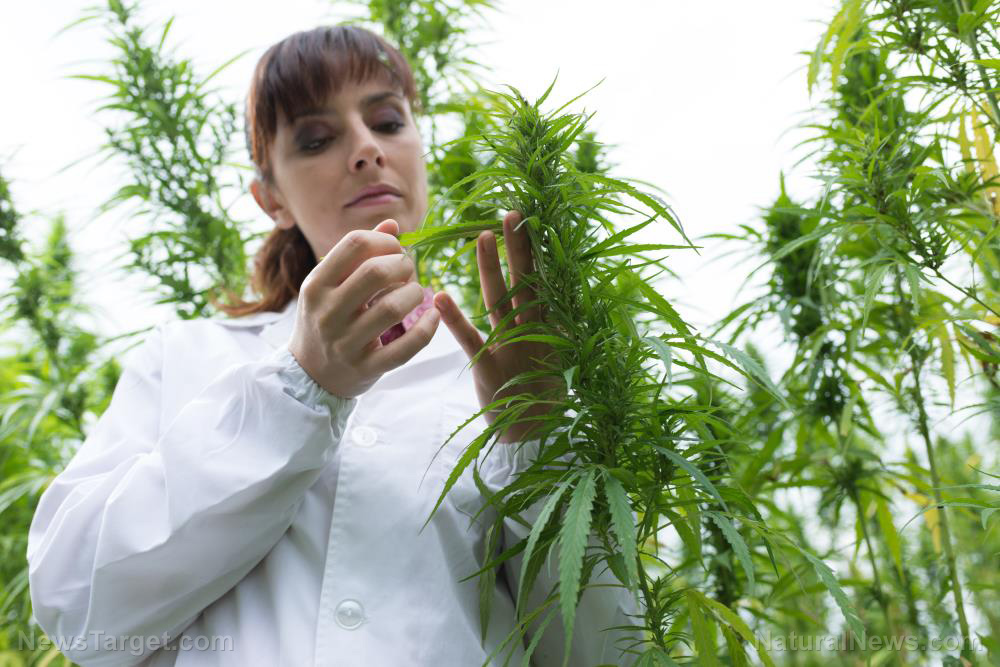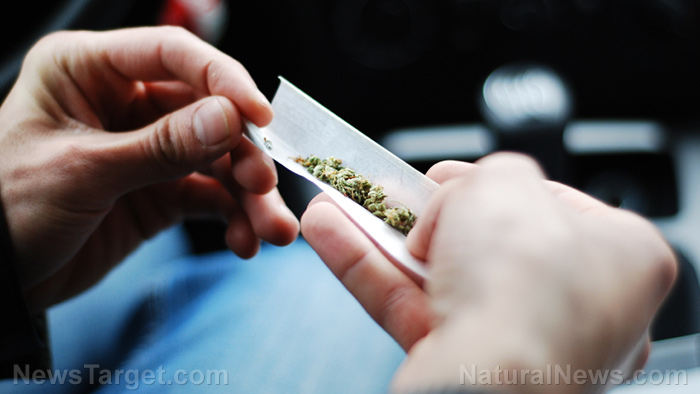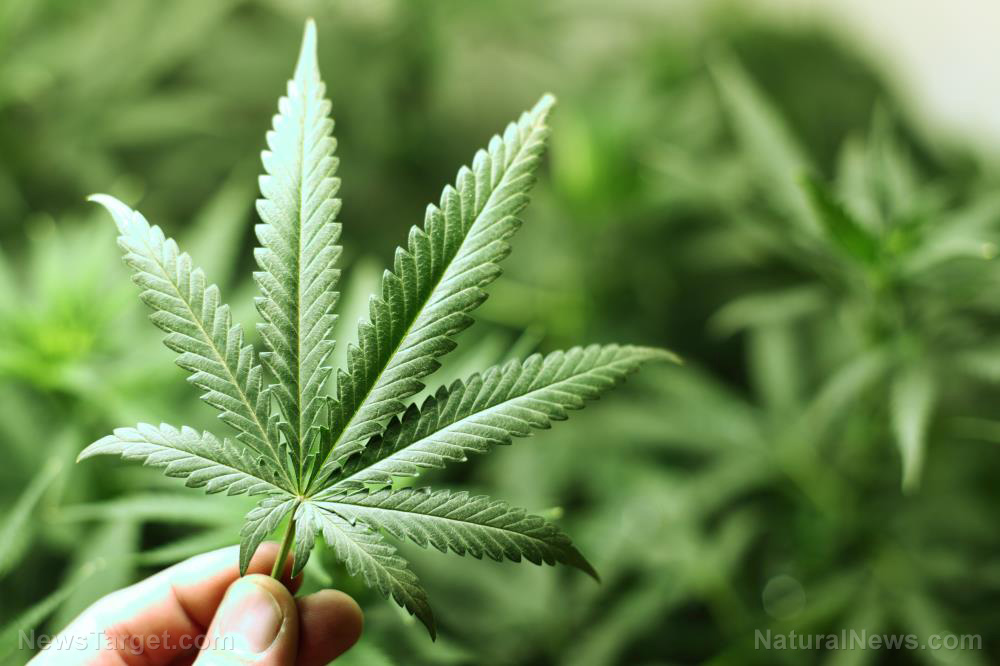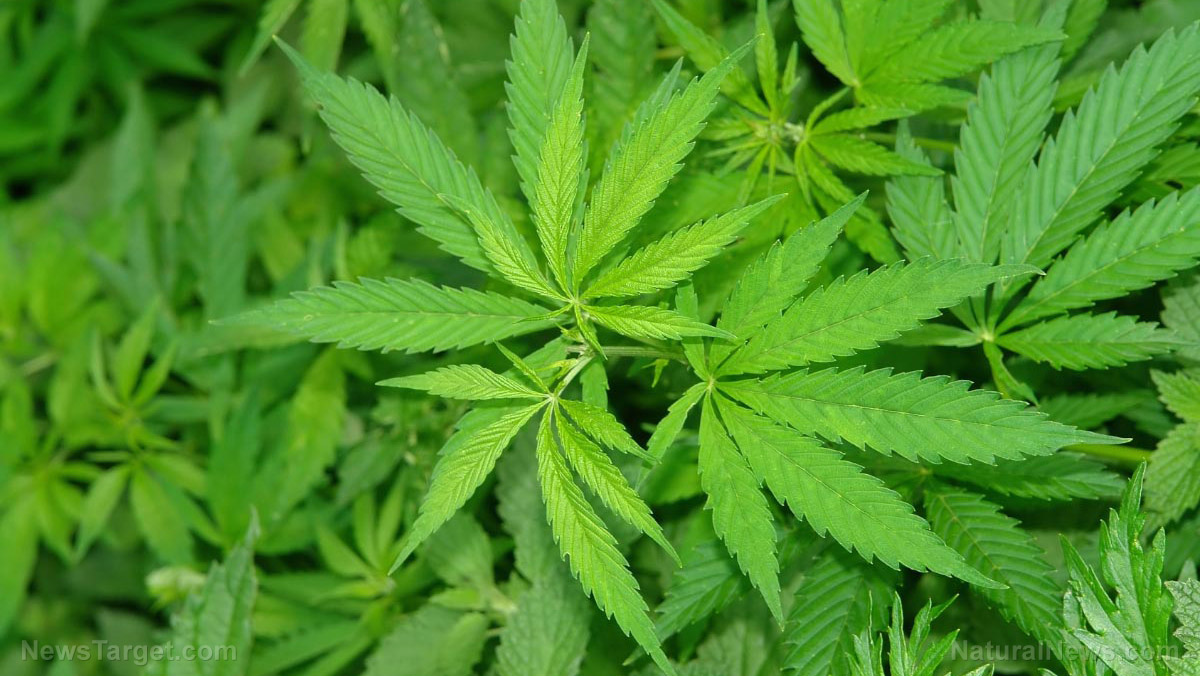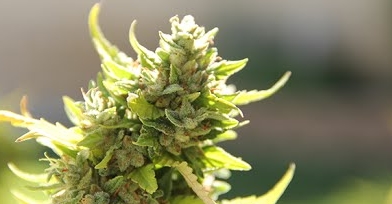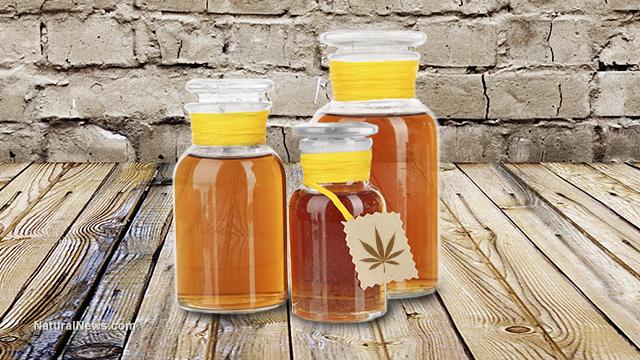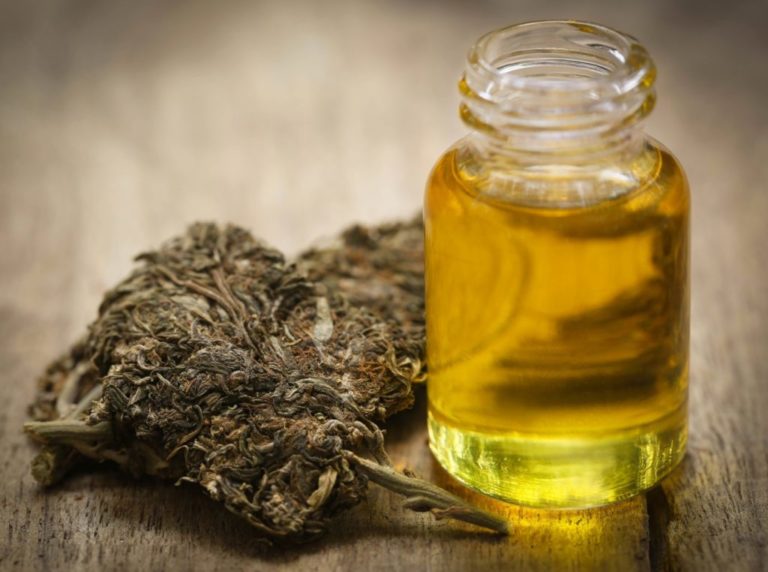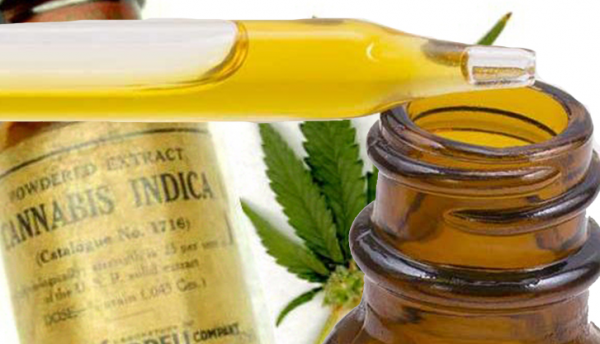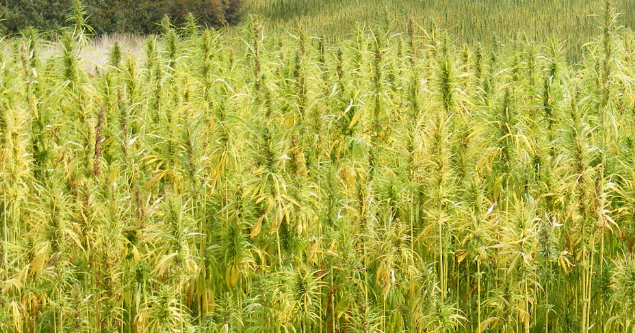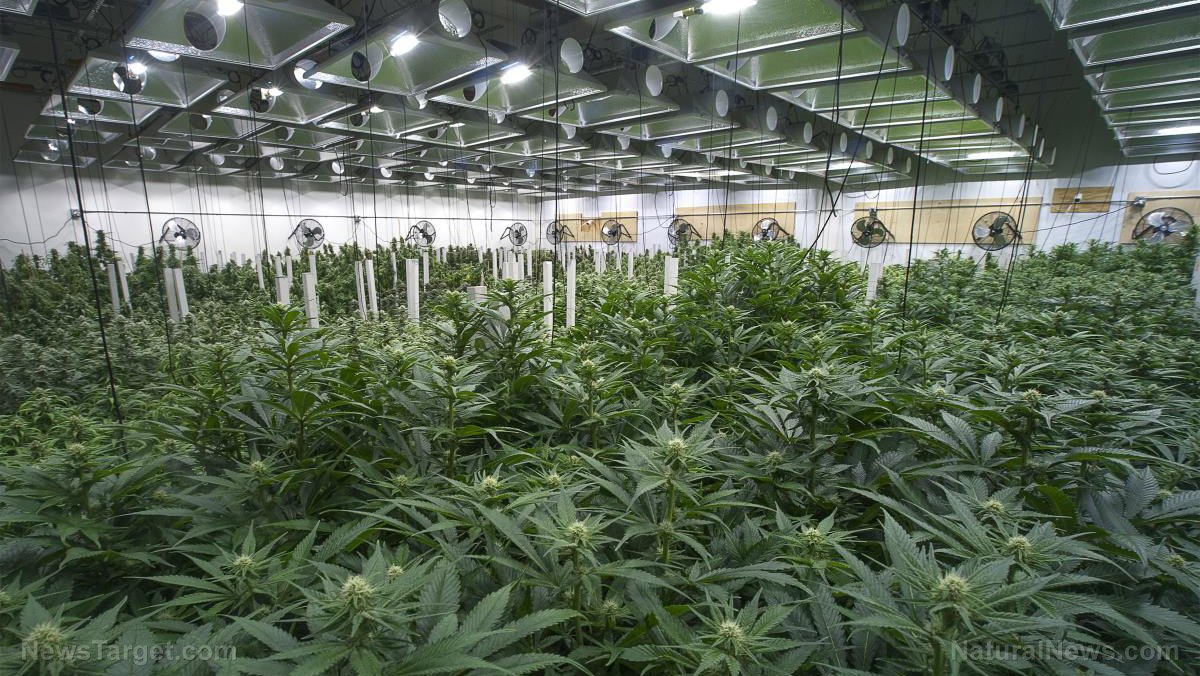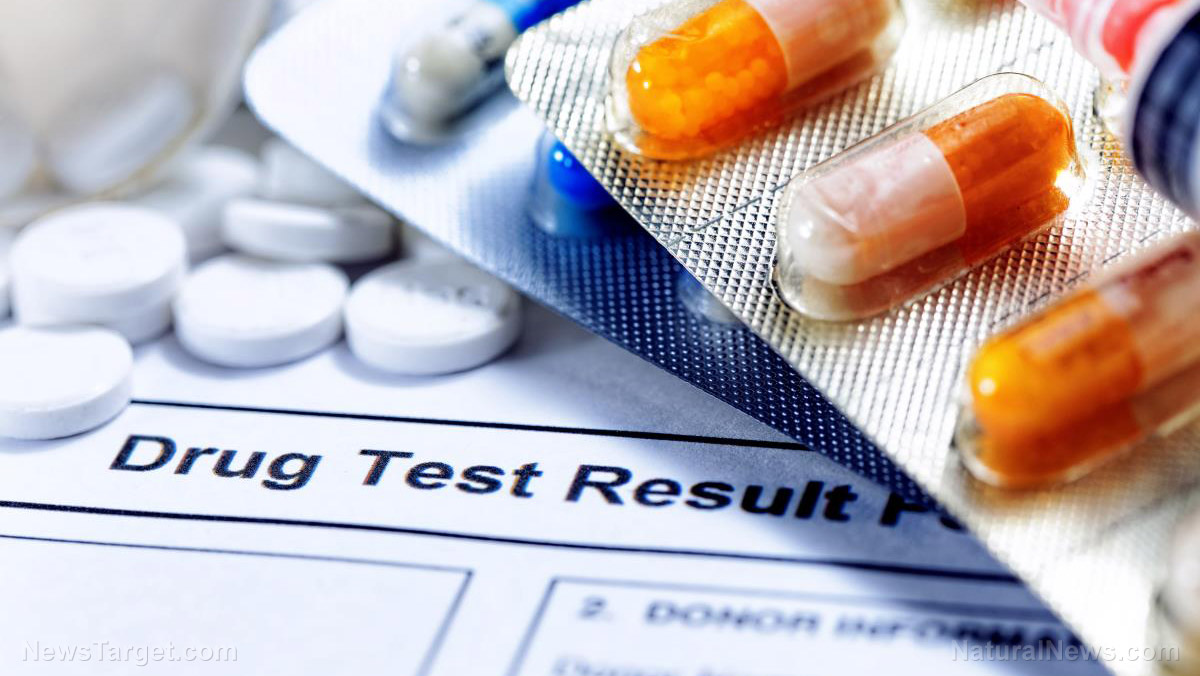What to consider if marijuana is regulated
03/08/2016 / By Claire Rankin

Despite pouring billions into enforcing the law on drugs, governments have found that all these efforts have done very little to reduce drug supply or demand, or wrest control of the criminal organisations in charge of the global drug trade. In fact, a drug-free world appears to be nothing more than a dream, and drug-users proliferate despite the arrest and imprisonment of offenders. Governments around the world are beginning to see the futility of pouring endless amounts of money into law enforcement, but there are concerns that with the end of drug-prohibition, particularly when it comes to marijuana, that the trade will have to become regulated at some stage.
In the US alone, hundreds of thousands of people have been arrested in the last year or two on non- violent drug charges, the majority of whom were arrested solely for possession. Globally, more than one in five people sentenced to prison are sentenced for drug offences. Even the death penalty in some countries does not deter people from growing and using marijuana.
The UNODC has now unequivocally stated that criminalization is harmful, unnecessary and disproportionate, echoing concerns about the immense human and economic costs of current drug policies voiced earlier by UNAIDS, the World Health Organisation, and so on. In the face of overwhelming evidence, UN expert opinion, and international human rights law, it’s not decriminalization that is the issue – it’s the continued refusal to engage in reviewing the situation or discuss reform.
Although it is still categorized as a dangerous drug, marijuana is slowly becoming more acceptable, especially because it can no longer be hidden that the marijuana has health benefits. If marijuana were to be fully legalized globally (still a pipe-dream as things stand), regulation of its use will need to be addressed in the future in order to protect children, for example. What needs to be done?
How can cannabis regulation be achieved?
Both advocates and opponents of cannabis need to come together to discuss:
Whether Cannabis product testing for contaminants, pesticides, mold, fungus, bacteria, and other microbial organisms should be required to ensure safety and quality
If advertising and sales of cannabis products should be limited and/or have warnings on packaging, as with alcohol and tobacco
Whether or not child-proof packaging for cannabis edibles should be required
The education of adults about the use and abuse of cannabis
The education of teenagers about the dangers of under-age marijuana use
The possible prosecution of stoned drivers who are a danger on the roads
Adapting of regulations as new evidence and research becomes available into the medical uses of cannabis
Possible government supervision of marijuana grow-houses
Taxing of marijuana products
There is much less of a stigma attached to marijuana use now than there was even a decade ago. With wider acceptance, hopefully one day marijuana will be easily available, alongside other vegetables and herbs in grocery stores. Hemp seeds and organic hemp powder are products that are more and more likely to be recognised as the superfoods they are.
Sources:
Tagged Under: laws on cannabis, regulating cannabis, taxing marijuana

